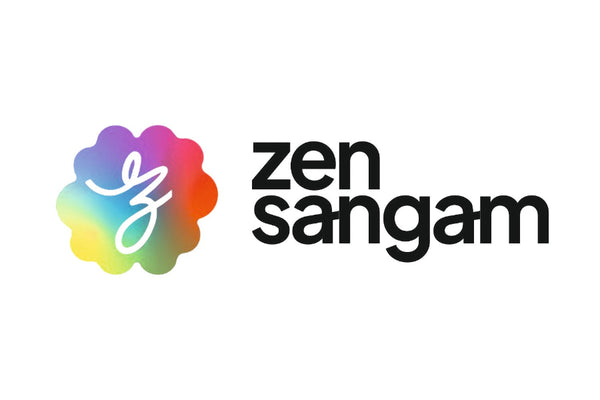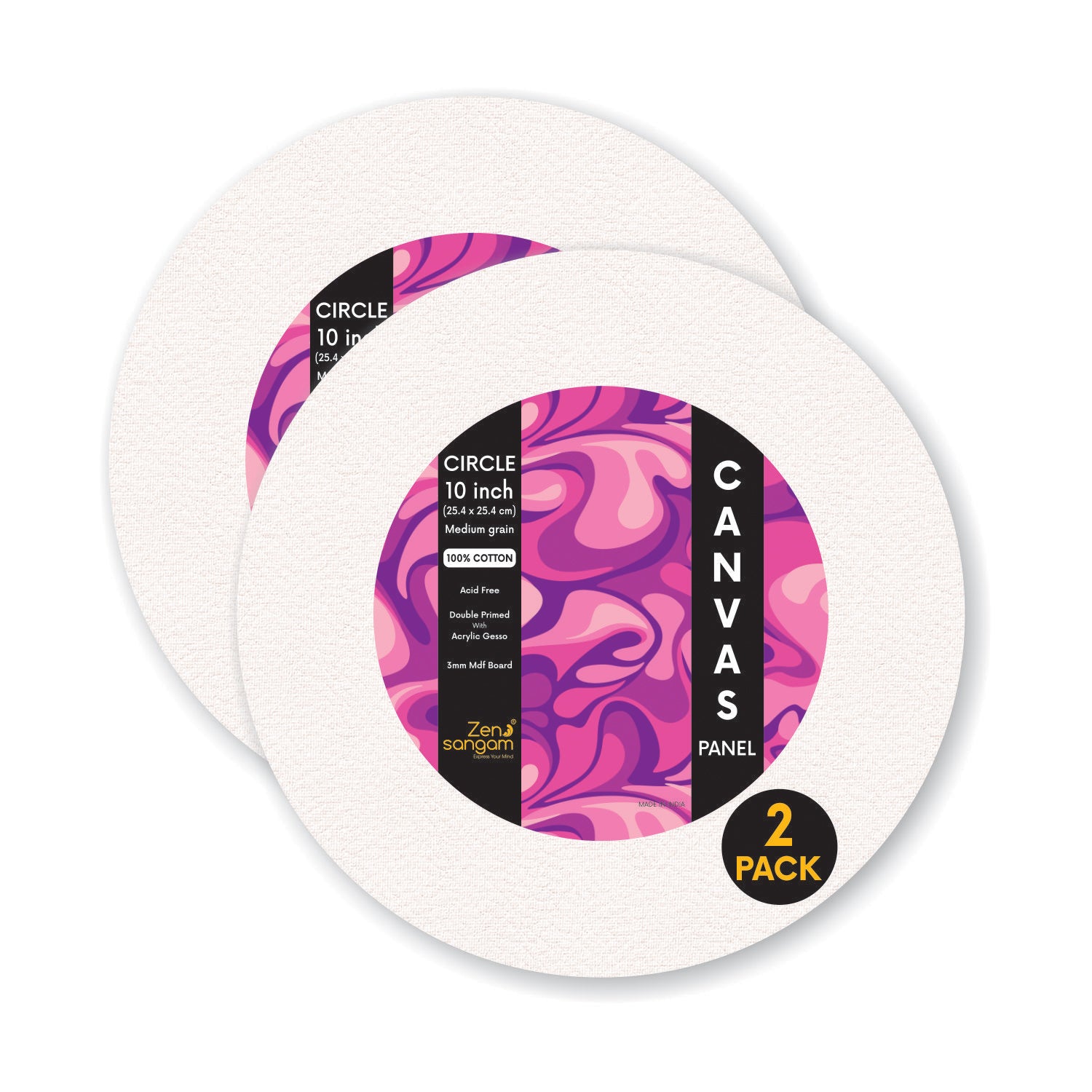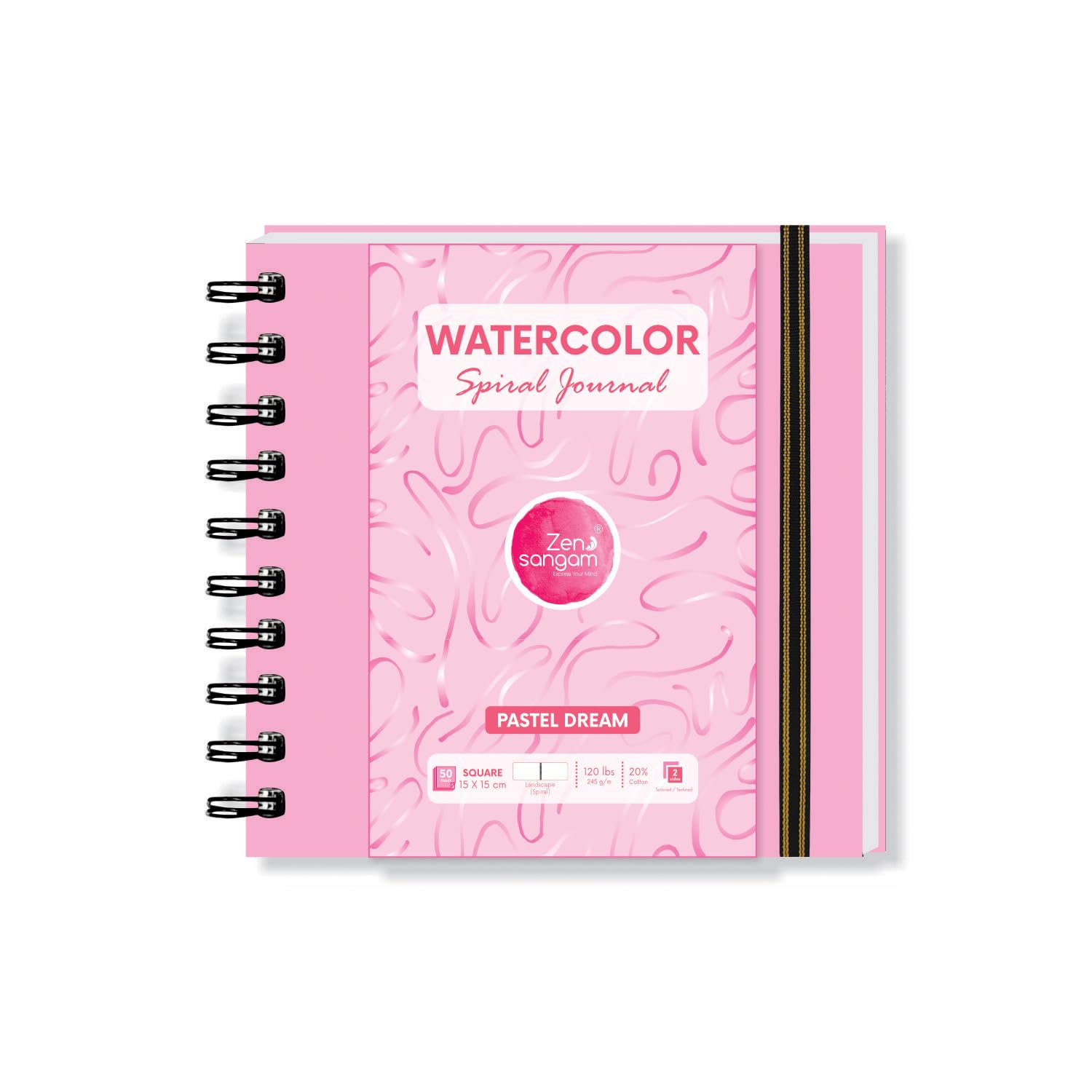Brush Pens have the versatility of traditional Watercolor packed into one easy-to-carry body. It uses water-based ink, so keep a little glass of water beside you as you work. When you dip the brush tips in water, you'll dilute the ink which produces lighter shades. Remember: the longer you dip the brush tip in water, the lighter the outcome. Play around with water until you become familiar with its effect on your brush pens. This will be very useful when you’re making color washes and shading.
Watercolor brush pens are some of the best art mediums to work with. They're a bit tricky at first, but don't be intimidated. With a bit of practice and the right materials, you can create a lot of beautiful masterpieces with these pens. Have fun with your brush pens and as always, free your creativity!

How to use:
-
Unscrew the top and fill the chamber with water.
-
Squeeze a few drops of water onto the dry colors you plan to use to "wake them up".
-
Don't squeeze while you paint- the chamber will naturally release enough water to maintain moisture as you go.
-
When you're finished, simply wipe off excess paint, squeeze some water, and wipe some more until you no longer see any color coming off the brush.
-
Smooth the bristles before storing to keep the brushes in good condition.

Here are 6 Brush Pens using techniques every beginner needs to know!:
Blending:
The Brush pens allow you to use them the way you would use a traditional watercolor set. Because the water brush’s barrel can be filled with water, just apply a little or a lot to moisten your surface before painting to blur what you have already painted. Or, use it like a paintbrush and dip it into the ink on your palette and paint right on a dry surface.

Lettering:
The brush pen tip is especially well-suited for hand-lettering. The tip can be manipulated to create wide, medium, or very fine lines. You can draw the letters in one hue and then layer other colors on top to give the letters more dimension. Because it have a barrel that’s like a pen, they give you the control you need for lettering.

On Watercolor Paintings :
We are always searching for ways to add interesting elements to our watercolours. It is an excellent way to do this especially for complementing large solid areas with specifics or for putting in patterns and textures.

Glazing :
One of the best things about Brush Pen is how great they are for glazing. Since they use water-soluble pigments, you can thin them with water and add multiple layers of colour, to get the same hue for a darker shade or a different color for transparency that allows you to see the first colour under the second.

Color Mixing :
Due to their fluidity, it can be mixed right on your surface as you are working. This causes various hues to appear and can make for some interesting effects and “happy accidents”

When you want to achieve softer color transitions, get new hues, or control a color’s saturation, try using a palette for colour mixing. Dab the colors on your palette and mix them together or add a little water to expand the amount of paint you have to work with.

Watercolor Background Mandala & Zentangle:
Mandala is a Meditative Art Form and Zentangle patterns are a easy-to-learn, relaxing, and fun way to create beautiful images by drawing structured contained patterns. Here we learn to use Brush Pens for Watercolor Background effects.
Step 1: Start with your first color and color in a section of the sheet protector.
Step 2: Add each additional color underneath.
Step 3: Lightly spray water over the sheet protector.
Step 4: Flip the sheet protector over on top of a piece of watercolor paper and spread the water around.
Step 5: Keep spreading until their is little to no white space left between the colors.
Step 6: Slowly peel the sheet protector away from the watercolor paper.
Step 7: Use a gold paint pen or black fine liner to draw a doodle or mandala.


There’s so much you can do with brush pens! Which trick or technique are you excited to try out first?
Smooth and White Sheets are vital to bring out the vibrancy of brush pens and having a surface on which you can glide with your lettering makes the whole process so therapeutic! Check out Zen Sangam's Mixed Media Sketchbook to achieve perfection in your calligraphy journey! If you are a fan of metallic brush pens and are looking for Black Sheets or Black Sketchbooks on which you can letter words that shimmer and shine, Zen Sangam has got you covered!
If you want to know more about other media, refer these links:
Color Pencil Using Techniques for Beginners
Crayons Using Techniques for Beginners
Felt Tip Pens Using Techniques for Beginners
Markers Using Techniques for Beginners
Oil Pastel Using Techniques for Beginners
Glitter Pens Using Techniques for Beginners
Pencil Shading Using Techniques for Beginners
Charcoal Pencil Using Techniques for Beginners
Oil Painting Using Techniques for Beginners
Acrylic Painting Using Techniques for Beginners
Gouache Using Techniques for Beginners
To explore our Coloring Books






Comments
So helpful,,
mujha saman lana ha
I like zensangam journals the most . These have good quality paper and affordable at the same time.
I like zensangam journals the most . These have good quality paper and affordable at the same time.
I have Doms brush pens.
Nice to join you.
… Ok?
Camlin brush pens
I FEEL LIKE BRUSH PENS ARE NOT SOPOSE TO BE USED IN MANDALA
AND TRY TO USE MARE VARIETY OF COLOURS
Which brand brush pen you suggest